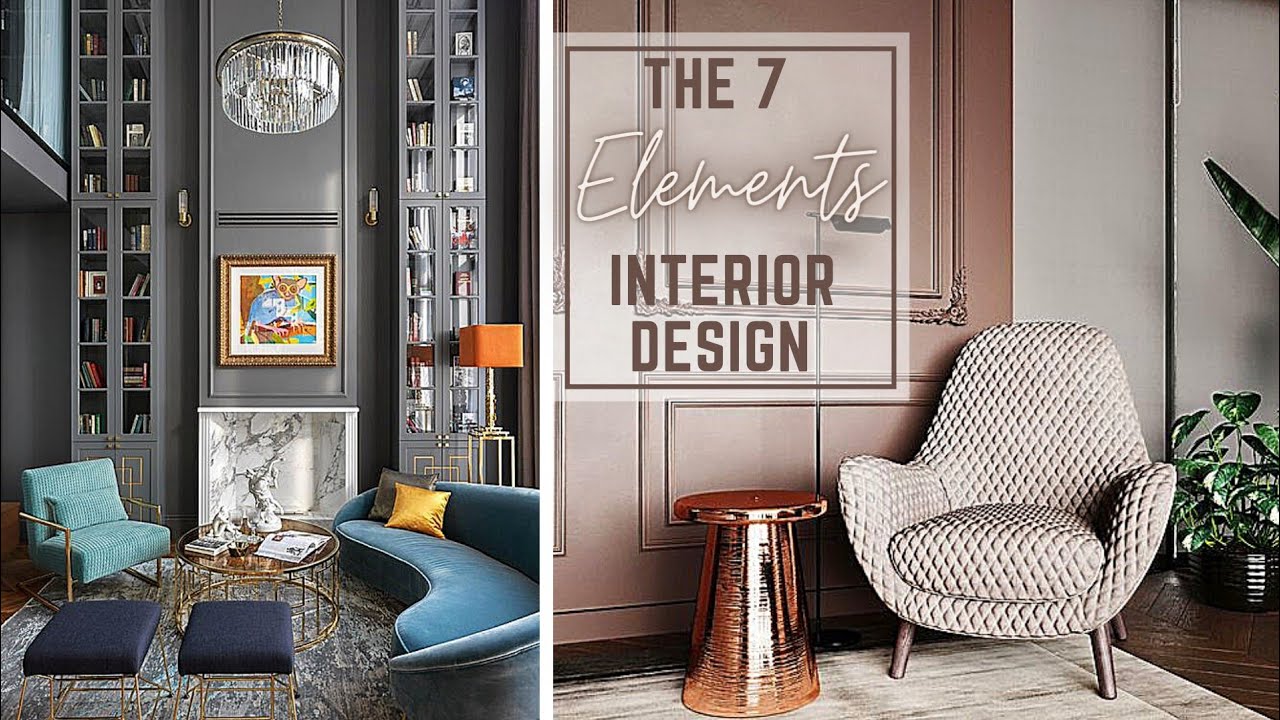Teori Warna | #Part7 | Kelas Pengantar Desain Grafis
Summary
TLDRIn this video, Fai teaches the importance of color psychology and harmony in design. Viewers learn about the color wheel, the distinctions between warm and cool colors, and how primary, secondary, and tertiary colors are formed. The video delves into various color harmonies like analogous, complementary, split-complementary, monochromatic, and triadic, explaining their effects on design aesthetics. Fai also emphasizes how different colors evoke specific emotions, from energy and optimism to calm and stability. The tutorial provides valuable insights for using color effectively in graphic design, encouraging creativity and emotional connection through color choices.
Takeaways
- 😀 Understanding color theory is essential in graphic design as it influences how the audience perceives and reacts to designs.
- 😀 Colors can be categorized into warm (red, yellow, orange) and cool (blue, green, purple) colors, each evoking different emotions.
- 😀 The primary colors (red, yellow, blue) can be mixed to create secondary colors (green, orange, purple). Tertiary colors are made by combining primary and secondary colors.
- 😀 Hue refers to pure colors, while tint is the color mixed with white, shade is mixed with black, and tone is mixed with gray.
- 😀 Color harmony refers to combining two or more colors that look aesthetically pleasing together. There are different types of color harmony: analogous, complementary, split-complementary, monochromatic, and triadic.
- 😀 Analogous colors are adjacent to each other on the color wheel and create a calm, harmonious design.
- 😀 Complementary colors, which are opposite on the color wheel, create high contrast and drama, such as red and green.
- 😀 Split-complementary harmony involves using a base color and two colors adjacent to its complementary color, offering contrast without the harshness.
- 😀 Monochromatic color schemes use different shades, tints, and tones of a single color, providing a simple and cohesive look.
- 😀 Triadic harmony uses three colors evenly spaced on the color wheel, creating vibrant and energetic designs.
- 😀 Tools like Adobe Color and Colordot can help designers find harmonious color combinations easily for their projects.
- 😀 Color choices directly affect emotions; for example, red grabs attention and increases appetite, green represents cleanliness and nature, blue conveys stability and trust, pink symbolizes femininity, and purple is associated with luxury and royalty.
Q & A
What is the color wheel and how is it used in design?
-The color wheel is a guide used to explain the relationships between colors. It categorizes colors into warm (like red and orange) and cool (like blue and green), helping designers select harmonious color combinations.
What are the primary, secondary, and tertiary colors?
-Primary colors are red, yellow, and blue. Secondary colors are created by mixing two primary colors, like orange, purple, and green. Tertiary colors are made by mixing one primary color with one secondary color, like violet, aquamarine, and vermillion.
What is the difference between hue, tint, shade, and tone?
-Hue refers to a pure color without any additions of black, white, or gray. Tint is when white is added to a color, making it lighter. Shade is when black is added, making the color darker. Tone is created by adding gray, giving a color a muted effect.
What is color harmony, and why is it important in design?
-Color harmony refers to the combination of two or more colors that are visually pleasing and easy to look at. It’s important because it helps to create balanced, effective designs that resonate with the audience.
What is an analogous color scheme?
-An analogous color scheme uses colors that are next to each other on the color wheel. These combinations create a calm and soothing effect, as the colors don’t contrast strongly with one another.
What is a complementary color scheme?
-A complementary color scheme uses colors that are opposite each other on the color wheel. This creates high contrast and vibrant designs, such as the classic red and green combination often used in Christmas designs.
What is a split-complementary color scheme?
-A split-complementary color scheme is similar to complementary, but instead of using the color directly opposite, it uses the two adjacent colors. This creates a balanced yet dynamic color palette.
What is a monochromatic color scheme?
-A monochromatic color scheme uses variations of one hue, with different tints, shades, and tones. This approach is flexible and cohesive, making it easy to work with different intensities of the same color.
What is a triadic color scheme?
-A triadic color scheme uses three colors that are evenly spaced around the color wheel. This scheme is vibrant and energetic, making it ideal for designs that need to stand out, though it can be challenging to balance.
How can color psychology influence design?
-Color psychology involves using colors to evoke specific emotions in an audience. For example, warm colors like red and orange energize, while cooler colors like blue and green promote calmness and stability. Designers use these psychological effects to enhance their message or brand identity.
Outlines

This section is available to paid users only. Please upgrade to access this part.
Upgrade NowMindmap

This section is available to paid users only. Please upgrade to access this part.
Upgrade NowKeywords

This section is available to paid users only. Please upgrade to access this part.
Upgrade NowHighlights

This section is available to paid users only. Please upgrade to access this part.
Upgrade NowTranscripts

This section is available to paid users only. Please upgrade to access this part.
Upgrade NowBrowse More Related Video

🎨 Bingung Memilih Warna? Tonton Video Ini

THE 7 ELEMENTS OF INTERIOR DESIGN EXPLAINED | CREATE THE PERFECT SPACE

PowerPoint Ideas: Color Theory Basics That You Can Use for Better Slides

Entenda qual o significado da cor verde - Psicologia das Cores

Warna Untuk Jualan - Teknik Psikologi Marketing

Principles and Elements of Design
5.0 / 5 (0 votes)